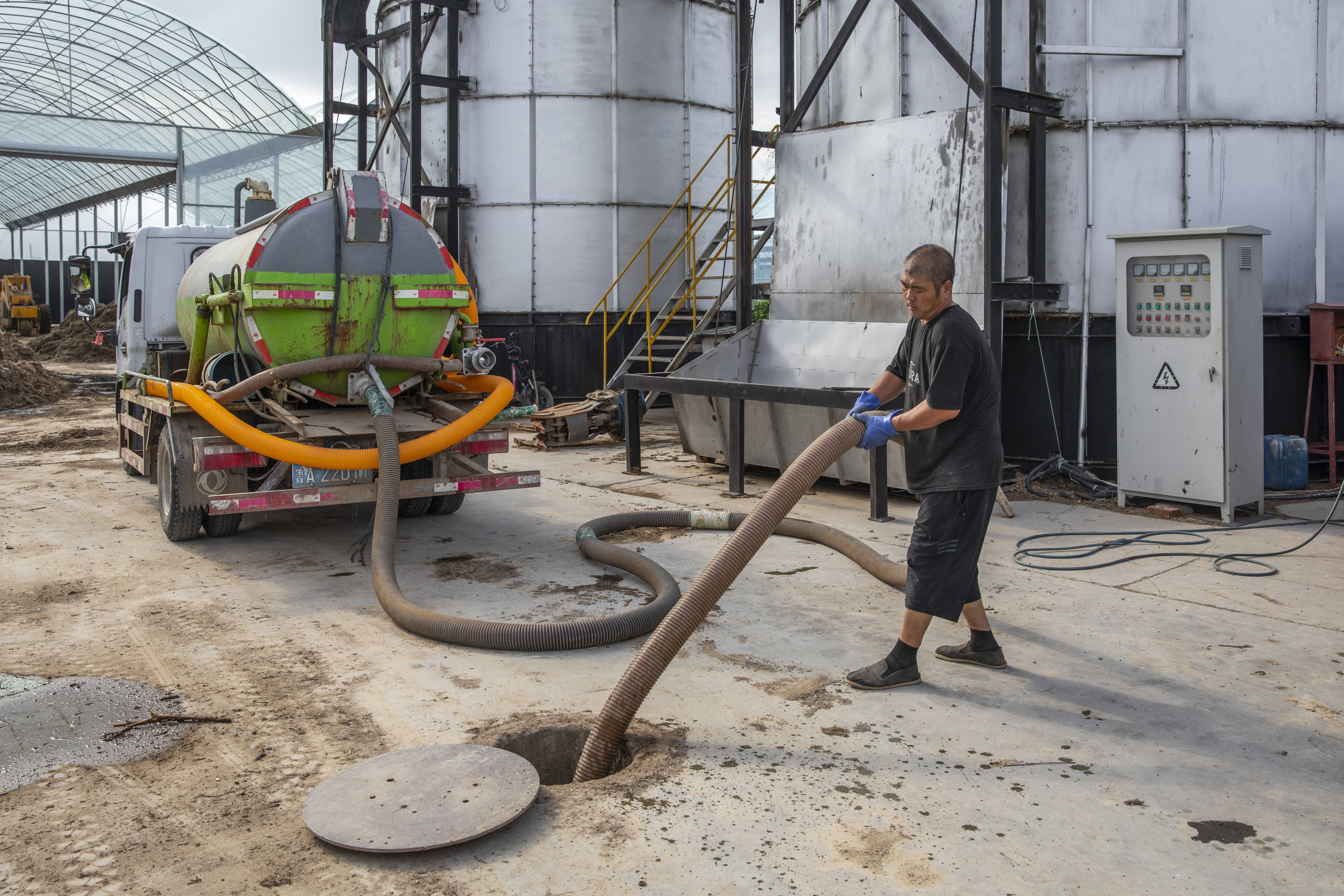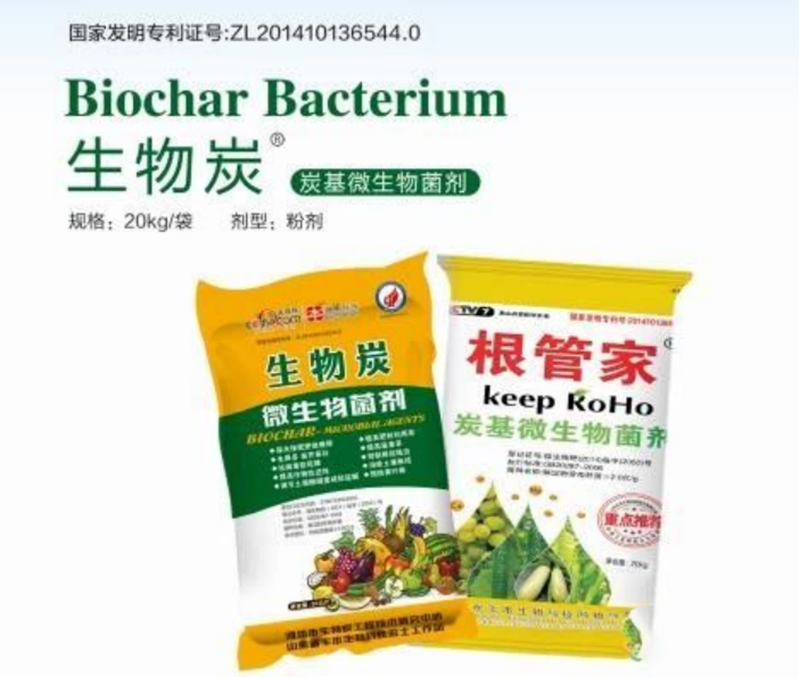1. Biochar boasts a rich microporous structure, large specific surface area, strong adsorption capacity, and abundant surface functional groups, enhancing its ion exchange capacity. 2. Containing aromatic compounds and functional groups, biochar...
Contact
1. Biochar boasts a rich microporous structure, large specific surface area, strong adsorption capacity, and abundant surface functional groups, enhancing its ion exchange capacity.
2. Containing aromatic compounds and functional groups, biochar serves as an intermediary in forming soil organic matter, crucial for soil fertility.
3. The essence of soil fertility lies in its ability to regulate water, nutrients, air, and heat comprehensively. Organic-inorganic complexes form the basis of soil microaggregates, with biochar acting as an intermediary in their formation.
4. Biochar's rich microporous structure and organic nutrients favor the survival and propagation of beneficial microbial communities, thereby maximizing their beneficial effects. Chemical fertilizers, through adsorption by biochar's complex functional groups and the action of beneficial microbes, achieve a slow-release effect, enhancing and prolonging their efficacy.
5. Biochar, being black granules, uniquely contributes to warming, significantly mitigating the effects of low temperatures in winter and early spring.
6. Biochar improves soil aggregate structure, effectively adjusts soil pH, and enhances the soil's biological, physical, and chemical properties. It balances the soil microbial community, eliminates soil compaction, alleviates salinity, and overcomes obstacles to continuous cropping.
a. Bacillus amyloliquefaciens produces metabolites during growth, inhibiting various fungi and bacteria, and showing antagonism against gray mold, Fusarium oxysporum, and Aspergillus niger.
b. Yeasts create vitamins, growth promoters, decompose organic matter, and increase disease resistance.
c. Growth-promoting microbes secrete quantified plant growth hormones to support the robust growth of roots, stems, and leaves.
d. Photosynthetic microbes produce glucose and secrete carotenoid-like substances, eliminating toxic substances such as hydrogen sulfide and ammonia.
e. Nitrifying bacteria convert toxic ammonia into nitrate nitrogen by decomposing harmful substances.
f. Nitrogen-fixing microbes utilize atmospheric ammonia molecules as a source of nitrogen to create fertilizers.
g. Actinomycetes secrete antibiotic substances long-term, suppressing diseases.
h. Solubilizing microbes convert insoluble soil phosphates into available phosphorus, iron, and calcium nutrients.
Application Methods:
- For direct application or trenching: Use 30-50 kg per acre for zucchini, beans, watermelon, melon, winter melon, cantaloupe, strawberries, yams, ginger, and carrots. For cucumbers, peppers, bitter gourds, loofahs, tomatoes, eggplants, and grapes, use 60-100 kg per acre.
- For fruit trees: Apply 0.5-1 kg per tree in a circular trench and cover with soil after application.
Suitable Crops:
Vegetables, melons, fruit trees, tea, cotton, rice, and medicinal herbs. Dilution rates can be adjusted according to the crop for optimal results during the first use.
Application Instructions:
1. The product consists of Part A and Part B. For use, mix Parts A and B in 15 kg of water, stir well, and apply evenly to the foliage.
2. Generally, apply every 7-10 days, with a total of 3-5 applications.
3. For controlling root-knot nematodes, the number of applications may be increased as needed.
4. To reduce pesticide residues, apply 3-7 days before harvest for crops harvested for their leaves, like tea and leafy vegetables, to be effective. For fruiting and root crops, applying several times a week before harvest yields better results.
